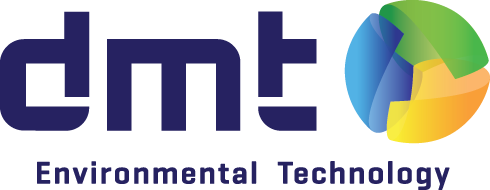Carborex
Biogas Upgrading to green gas or vehicle fuel
Using biogas does not only reduce harmful emissions but also gives the opportunity to make value of waste. With the digestion of manure, agricultural-, municipal-, green- or food waste, biogas is produced. Biogas usually consists of a combination of different gasses but primarily methane, carbon dioxide and small amounts of H2S. Biogas is a very valuable renewable energy source, especially when the methane is separated from the carbon dioxide. After upgrading the biogas, the methane can be used as a vehicle fuel or can be injected into the national gas grid.
Why choose to upgrade biogas?
Upgraded biogas can be used to inject into the (national) gas grid or as a vehicle fuel. Turning your waste into value by upgrading your biogas can provide a significant additional income. Biogas can be upgraded to pure methane and is therefore a very clean form of renewable energy. Implementing these sustainable technologies will contribute to a green and environmentally conscious image.

Why would you choose a technology from DMT?
Many technology providers offer turn key technologies to fit your upgrading project. DMT does that too, but we’re prepared to take that extra step to take it to the next level and make your project successful. Our high selective membrane upgrading technology was the first to be used commercially in the UK and the first in Europe in 2012. DMT is now the largest producer of biogas upgrading facilities in the world using high selective membrane technology. With prestigious projects that underline our experience and success. Biomethane is fossil-free and it empowers you to use the energy of the future.

Biogas as a renewable fuel
Producing natural gas in a sustainable way can be done by upgrading of biogas. Biogas is a gas produced by fermentation or digestion of biological waste products and mainly contains methane (CH4) and Carbon dioxide (CO2). Upgrading means that the Carbon Dioxide is separated from the methane, resulting in a very pure methane gas flow. Unlike biodiesel and bioethanol, this bio-methane has better properties than its fossil counterpart natural gas.
Carborex®MS
The biogas upgrading process can be performed with the Carborex®MS, which separates methane from carbon dioxide by the use of membrane technology. This process has the advantages that it is a dry process (no chemicals involved), it has low energy consumption and is easy to operate. The whole system is built on a skid or in a container which results in a small footprint and easy transportable system. It is therefore a clear cleantech solution with low operational costs (OPEX).

Membranes
The membranes inside the Carborex®MS are built up of hundreds of hollow fibres which looks like spaghetti. The hollow fibres are non-porous and made of polymers. The separation of methane and Carbon dioxide occurs because of the difference in diffusivity. The molecular structure of carbon dioxide allows this molecule to pass through the polymer material faster than a molecule of methane does. Biogas enters the membrane inside the hollow fibres. The separation results in a carbon dioxide rich stream at the permeate side of the membrane and a methane-rich stream at the retentate side of the membrane.

